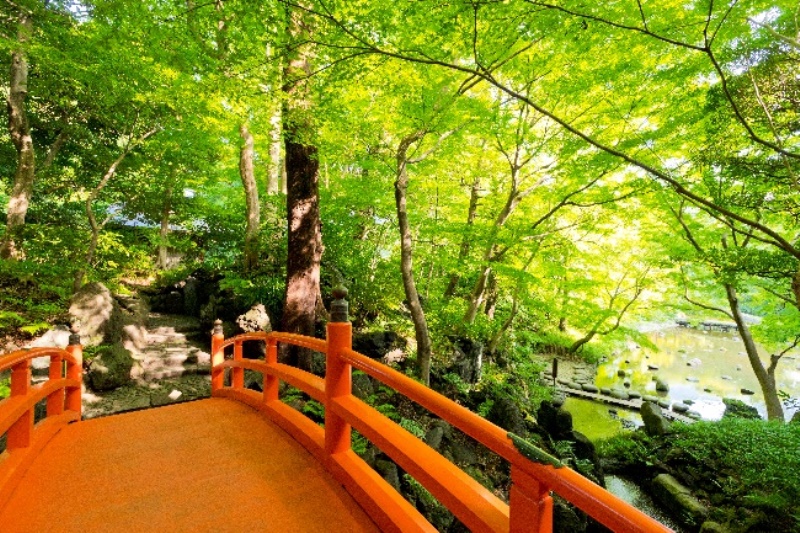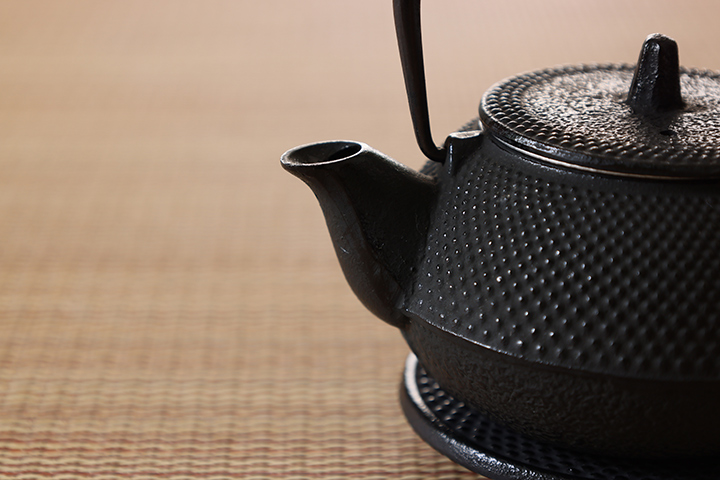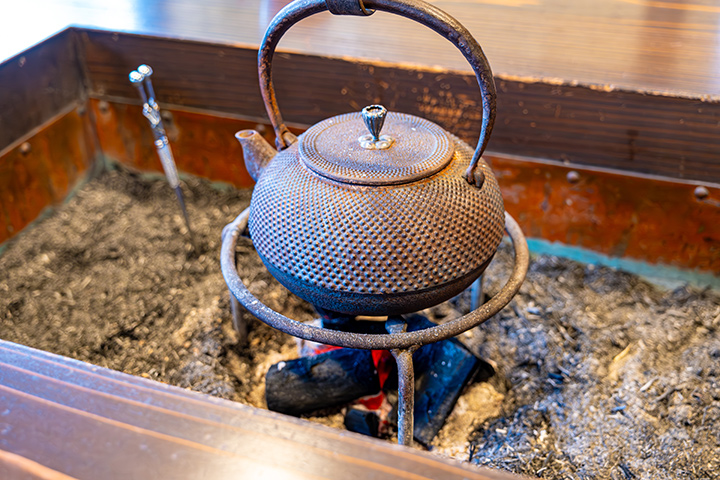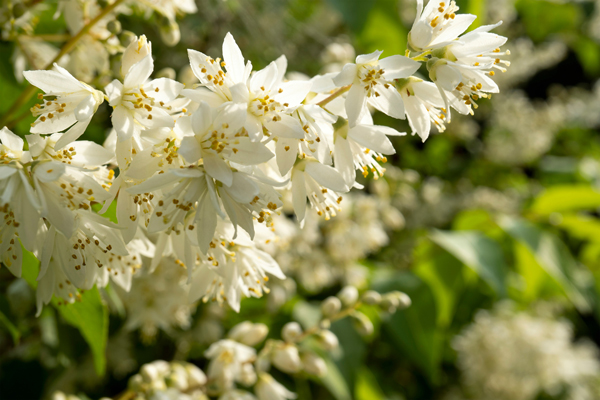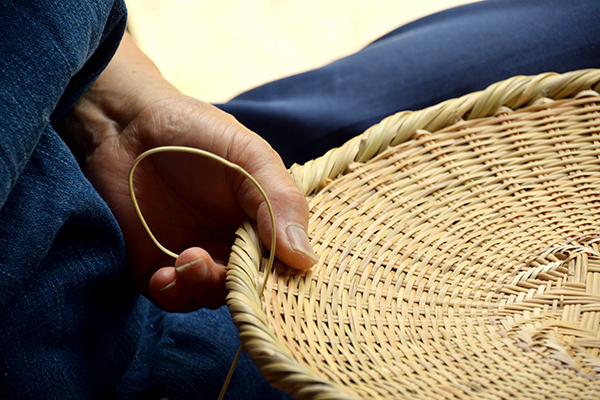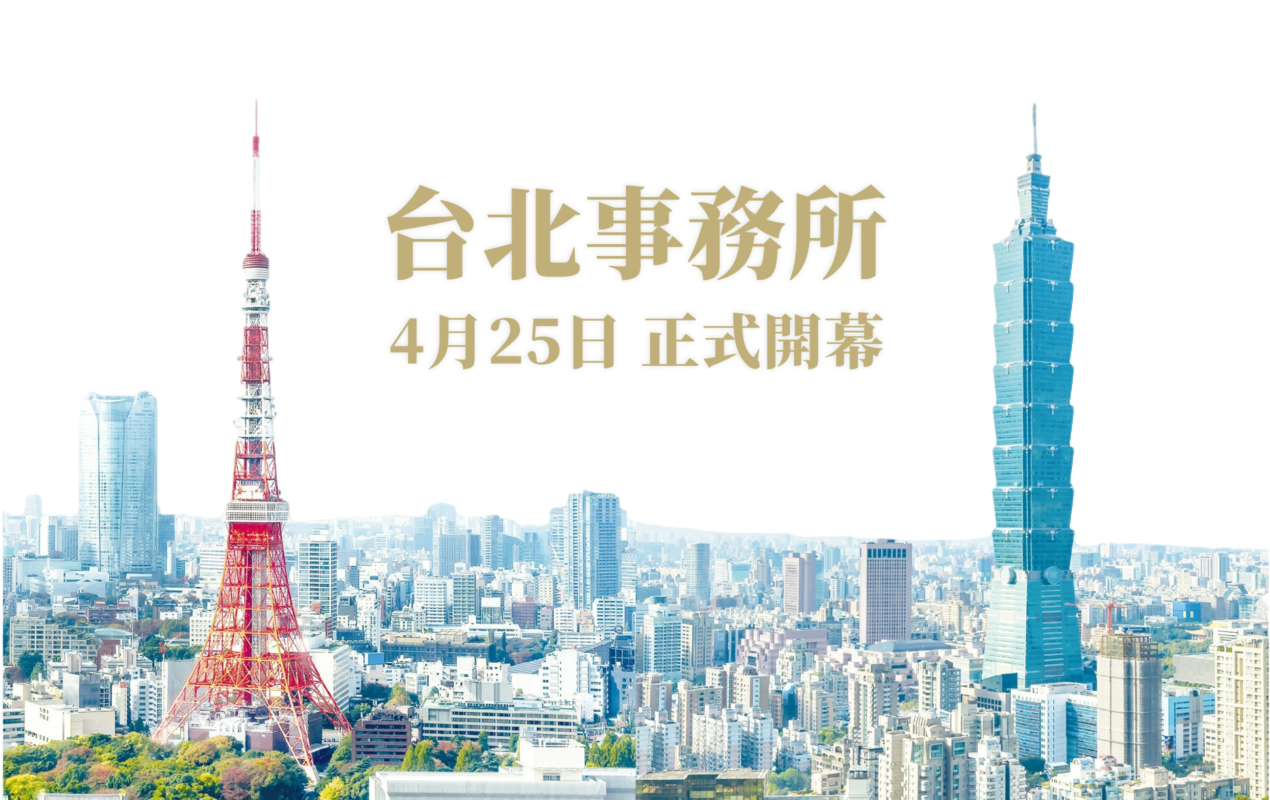Bunkyo Ward, located just next to the central Tokyo landmark, the Imperial Palace, is situated in the northern part of the central three wards, which include Chiyoda, Chuo, and Minato. With a total of seven railway lines, including JR Sobu Line, Tokyo Metro Tozai Line, Marunouchi Line, Chiyoda Line, Yurakucho Line, Namboku Line, and Toei Oedo Line, the area has excellent accessibility, providing access to major areas in Tokyo such as Ueno, Ikebukuro, Shinjuku, Akihabara, and Ginza within 30 minutes.
Bunkyo Ward is divided into six areas: "Yushima-Hongo," "Korakuen-Kasuga," "Koishikawa," "Nezu-Sendagi," "Hakusan-Honkomagome," and "Sekiguchi-Mejiro-dai." Among them, this introduction will focus on the "Yushima-Hongo" area, known as the "town of learning," and the "Korakuen-Kasuga" area, which features one of Tokyo's leading amusement facilities.
The symbol of the Yushima-Hongo area, known as the
In the Korakuen-Kasuga area, there is the leisure facility
The area around
The area around "Hongomachi San-chome" station in the "Yushima-Hongo" area and "Korakuen" station in the "Korakuen-Kasuga" area is known for its lack of large commercial districts. Due to the proximity of educational institutions and the absence of a bustling nightlife, the area is recognized as a residential zone for high-income individuals. As a result, it is renowned for its unique academic atmosphere, and the lower nighttime foot traffic contributes to a reduced opportunity for crime, making it known for its safety.
The vicinity of "Hongomachi San-chome" station is recognized as an academic town with the presence of Japan's top academic institution, the "University of Tokyo." Situated on a stable elevated ground in the Yamate area, it is resilient to disasters. The area features long-established general stores and traditional inns operating since the Edo period, providing a charming appeal for enthusiasts of retro architecture.
On the other hand, the surroundings of "Korakuen" station, the nearest station to one of Tokyo's leading amusement facilities, "Tokyo Dome City," may give the impression of a lively atmosphere. However, a short walk reveals a serene residential neighborhood with abundant greenery, creating a calm and peaceful ambiance.
Located close to Ueno, known for "Ameya Yokocho" with around 400 shops, "Hongomachi San-chome" station, and the vicinity of "Korakuen" station, where "Tokyo Dome City" is situated, offer shopping facilities providing everything from daily necessities to souvenirs, ensuring convenient access for shopping needs.
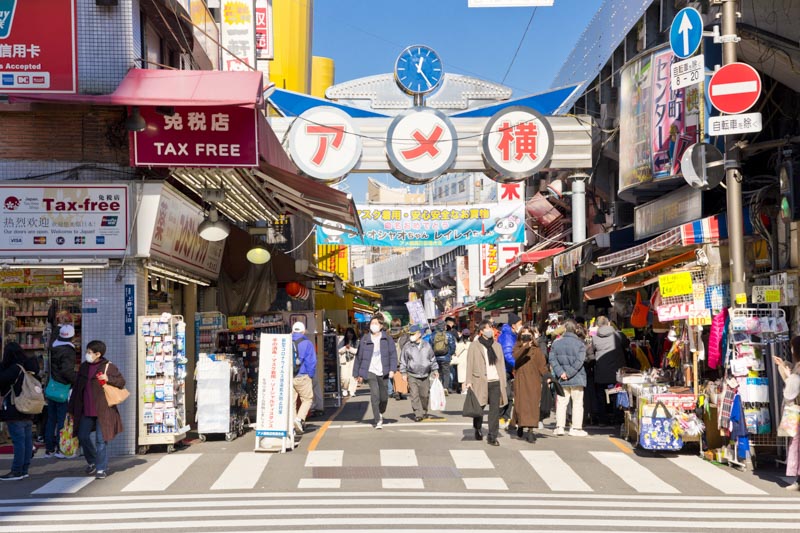
Renowned as a popular destination for culinary exploration,
The reason why the areas around
The reason why the areas around "Hongomachi San-chome" and "Korakuen" stations are known as the "town of learning" can be attributed, in part, to the concentration of historical sites and educational institutions related to scholarship.
When it comes to "Hongomachi San-chome" station, many people immediately associate it with the national university, the "University of Tokyo." Just a short distance from "Hongomachi San-chome" station is the "University of Tokyo Hongo Campus," which is considered Japan's highest academic institution. Within walking distance from "Hongomachi San-chome" station, there is also the historical site known as "Yushima Seido," recognized as the birthplace of school education in Japan. Additionally, the "Yushima Tenjin Shrine" venerating the god of learning, Sugawara no Michizane, has been cherished as a cultural hub for the common people and continues to be visited by numerous students praying for success.
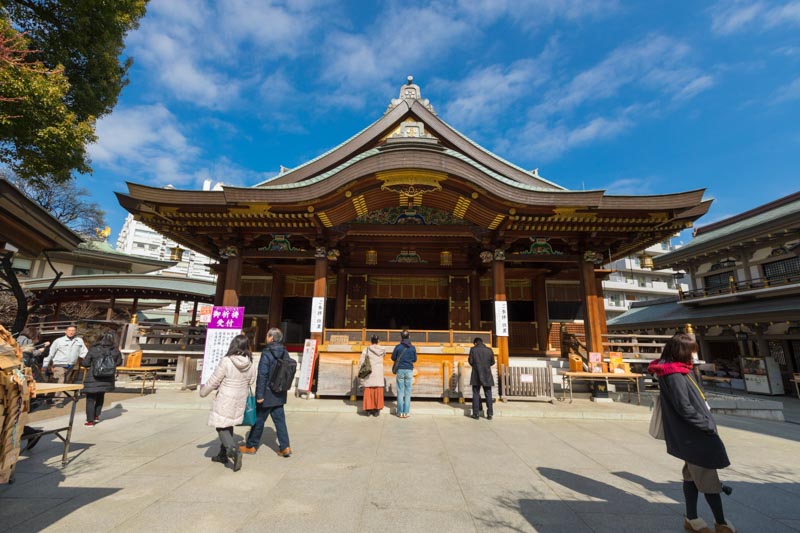
The
On the other hand, around "Korakuen" station, there is one of the six national elementary schools in Tokyo, namely, "Tokyo Gakugei University Affiliated Takehaya Elementary School." Additionally, among the four public elementary schools known as "3S1K" for their high entrance exam rates to private middle schools, there are two schools, namely, "Seishi Elementary School" and "Kubomachi Elementary School."
This abundance of outstanding educational institutions has earned the area the reputation of being a "town of learning." It is characterized by a multitude of preparatory schools and early education facilities geared towards exam preparation. The region is known for its high educational awareness, with approximately half of the elementary school students proceeding to take middle school entrance exams.
Especially popular are the elementary schools affiliated with "3S1K," and given that admission eligibility is contingent on having a residence within the school district, some individuals choose to establish residences within the area despite living at a distance.
The area that flourished alongside academia, literature, publishing, and printing industry.
Perched atop a hill, nestled between the "Hongo-Sanchome" and "Korakuen" stations, at 18 Bunkyo Masago-cho (now 4th district of Hongo), lies the former residence of the novelist, critic, and educator Tsubouchi Shoyo. He lived there from 1885 (Meiji 18) to 1887 (Meiji 20) and is said to have written his novels in this location. Tsubouchi Shoyo's "Essence of the Novel," published in 1885 (Meiji 18), is considered the starting point of modern Japanese literature. This publication marked the beginning of Bunkyo Ward's prominence as a hub of modern literature.
In 1886 (Meiji 19), the establishment of Imperial University (now the University of Tokyo) in Bunkyo Ward led to the flourishing of the publishing and printing industry, inseparable from the academic scene of the time. The concentration of publishing and printing companies around Imperial University attracted numerous intellectuals, cultural figures, novelists, and poets to relocate to Bunkyo Ward. Many literary giants who graduated from Imperial University, such as Natsume Soseki and Ryunosuke Akutagawa, later became novelists.
The "Hongo-Sanchome" station area is also known for being a place where the prolific writer Higuchi Ichiyo spent ten years of her short 24-year life. Approximately 15 minutes on foot from the "Hongo-Sanchome" station, you can find the "Higuchi Ichiyo Kikuzaka Former Residence Site," a spot where you can experience the spaces and landscapes she loved in their original state. This area was a living space for many literary figures, and it served as the setting for works like Mori Ogai's "Gan" and Takuboku Ishikawa's "Velvet."
Meanwhile, in the "Korakuen" station area, there is the famous Edo-era strolling garden called "Koishikawa Korakuen," derived from the garden of the Mito Tokugawa residence built by Tokugawa Mitsukuni, also known as Mito Komon. This garden, one of the oldest surviving daimyo gardens in Tokyo, beautifully harmonizes Japanese and Chinese scenic elements, making it a representative example of Edo-period landscape design.
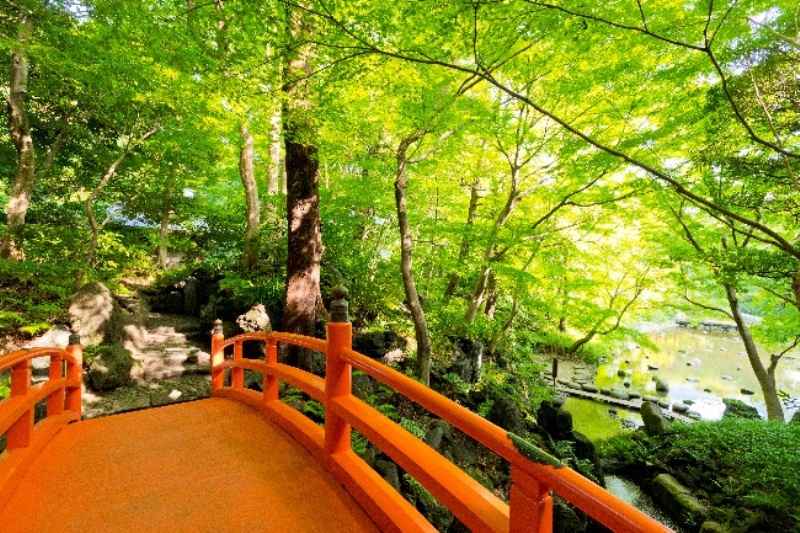
The
Covering venerable establishments with a rich history to the latest and most popular gourmet spots, we provide a comprehensive guide.
The area around "Hongo-Sanchome" station is adorned with easily accessible, popular eateries, catering to the daily needs of locals, given its proximity to the "Yushima Tenmangu" shrine, a revered place associated with the deity of learning, and numerous educational institutions. Additionally, owing to the historical presence of literary giants in the vicinity, there are dining establishments with anecdotes linked to these literary figures. Noteworthy among them are "Amazake-dokoro Mitsubachi," once frequented by Mori Ogai, "Edo Arare Takesen" offering sweets inspired by literary figures associated with Bunkyo Ward, and "Tsuboya Sohonten," a traditional Japanese confectionery store cherished by Katsu Kaishu. These spots are must-visit destinations if you happen to be in the area. The abundance of reasonably priced, casual eateries makes it convenient for students to casually explore, adding to the district's unique charm.

The small-sized traditional Japanese confectionery made from glutinous rice is called
On the other hand, around "Korakuen" station, you can find a cafe and restaurant complex called "Meets Port" within "Tokyo Dome City." Additionally, there's the venerable soba restaurant "Inanisoba Mansei Sohonten," with a history of over 400 years, and the eel cuisine specialist "Watabe," which has received the Bib Gourmand award for six consecutive years.
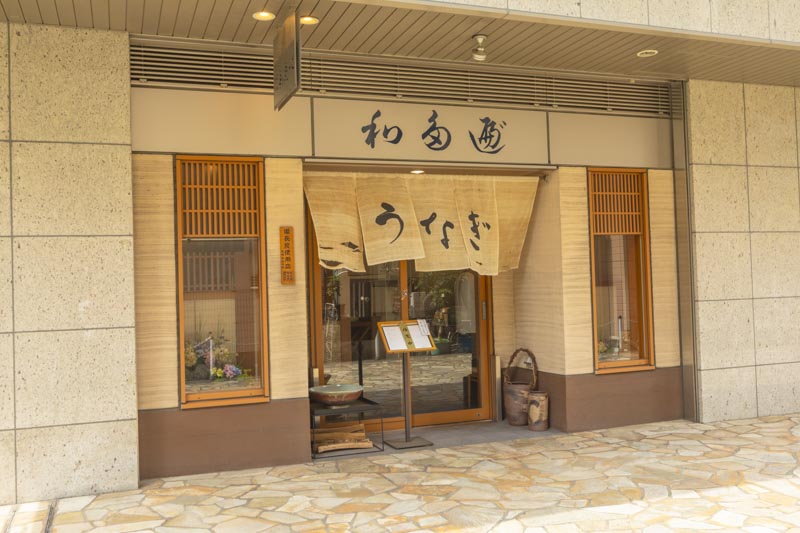
The eel cuisine specialty restaurant
For a delightful breakfast experience, consider "Super Dining Lirrassa" on the 3rd floor of the "Tokyo Dome Hotel." Open from 7 AM, the restaurant offers a diverse buffet menu ranging from Japanese and Western dishes to Chinese cuisine.
From historically significant long-standing establishments to the latest trendy spots, the area around "Hongo-Sanchome" and "Korakuen" stations caters to a wide range of preferences. Whether for family gatherings or special occasions, it's a place worth visiting to create memorable moments.
An area within Bunkyo Ward that stands out for its particularly enhanced child-rearing environment.
The area around "Hongo-Sanchome" station is characterized by numerous small-scale nurseries, offering attentive childcare with a low ratio of children per staff member. Within a 5-minute walk from the station, there is the "Bunkyo General Gymnasium," equipped with facilities such as a sports hall for ball games, a pool, and a training room. Various classes for children are available, including unique ones like English and basketball.
The vicinity of "Korakuen" station, with its numerous accredited childcare facilities, is an area within Bunkyo Ward that has strengthened its child-rearing environment. Development around the ward office near the station has progressed, providing an environment conducive to easy information gathering for enrolling in accredited childcare facilities. Being within walking distance of "Tokyo Dome City," the area ensures ample play spaces for children.
Moreover, as of January 2023, Bunkyo Ward ranks fifth among the 23 wards of Tokyo in terms of the number of foreign residents, exceeding 13,000 people. This multicultural environment features a variety of international restaurants and food stores, offering numerous opportunities for exposure to different cultures and languages. It can be considered an ideal environment for fostering a global mindset and thinking in children.
Not only is it a region with a high level of educational awareness, but it also provides a well-rounded environment for raising children. Considering this area as a potential relocation destination might be worth exploring.
This content has been collected and created by Kokoromachi Corporation. While we strive to ensure accuracy in the content and information, if there are any inaccuracies or errors, please contact Kokoromachi Corporation. Please note that we may not have detailed information about the services of each store or facility. We apologize for any inconvenience and recommend confirming details directly with each store or facility.


